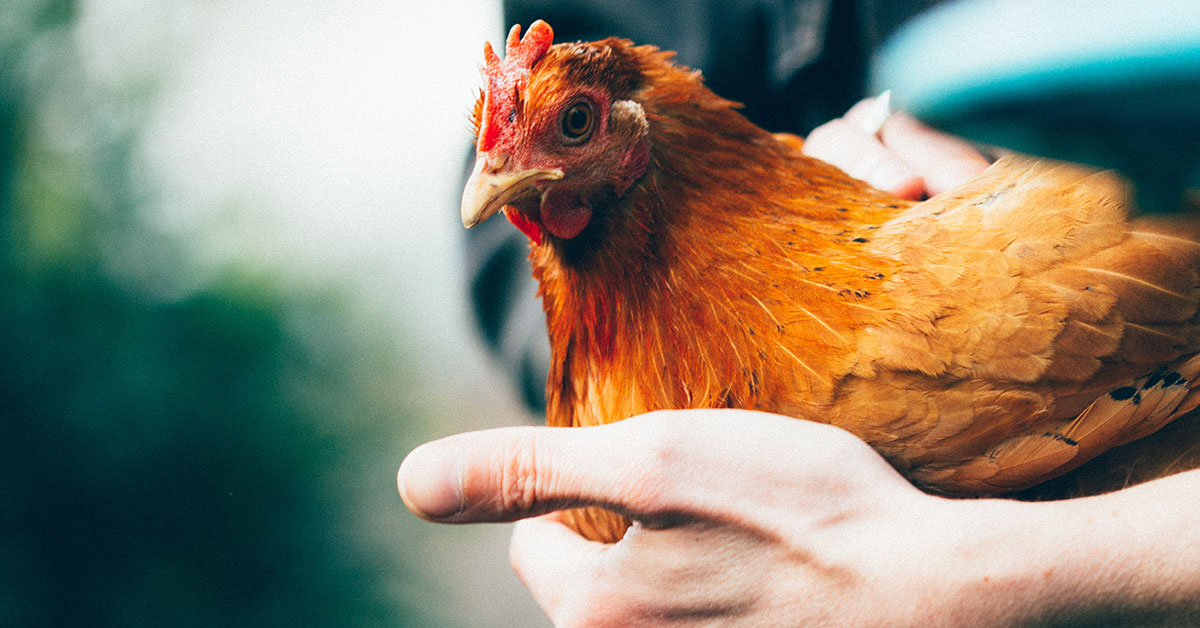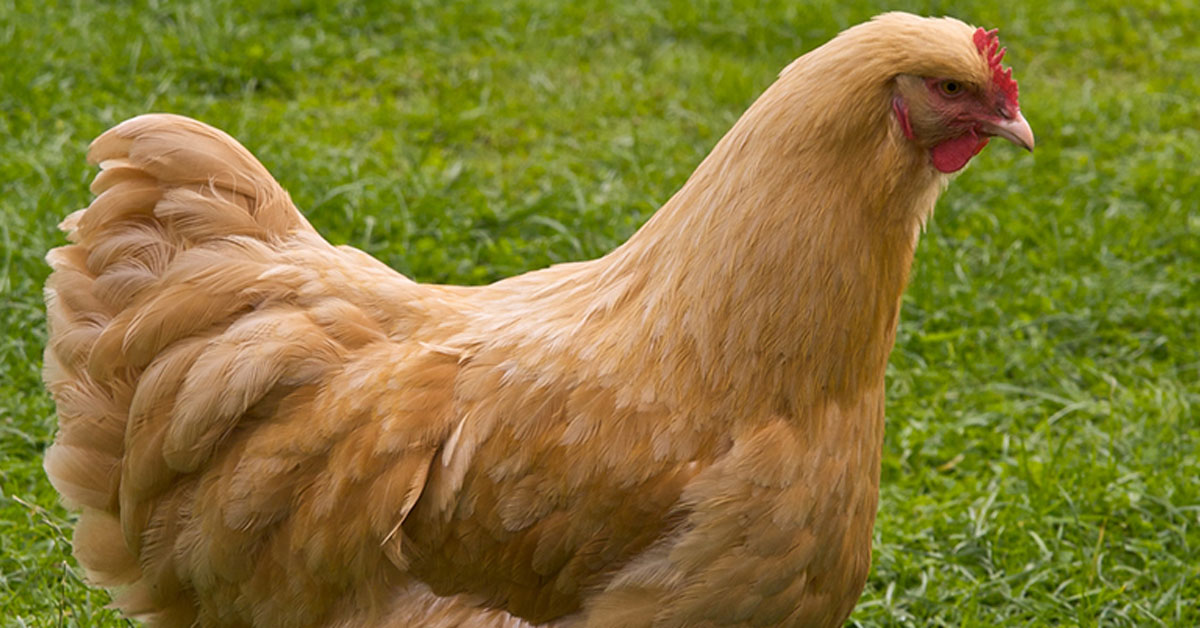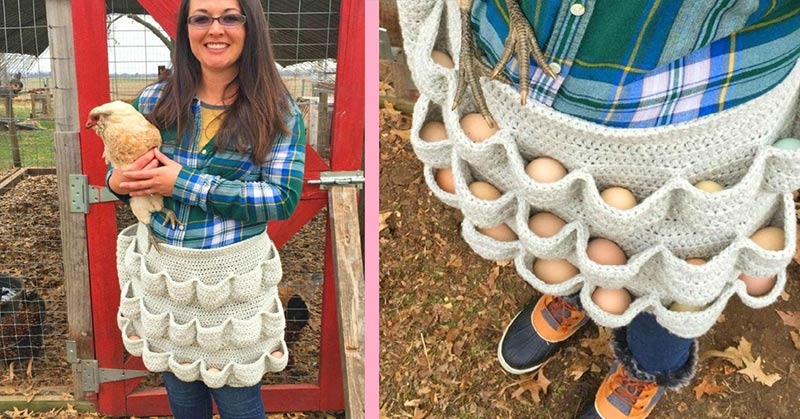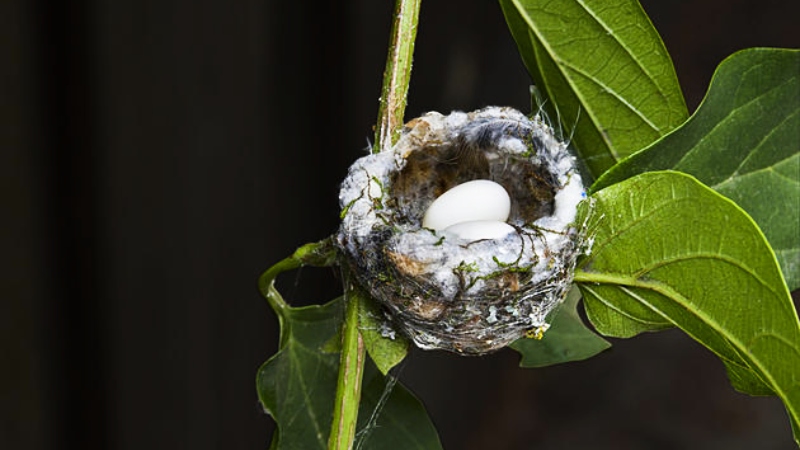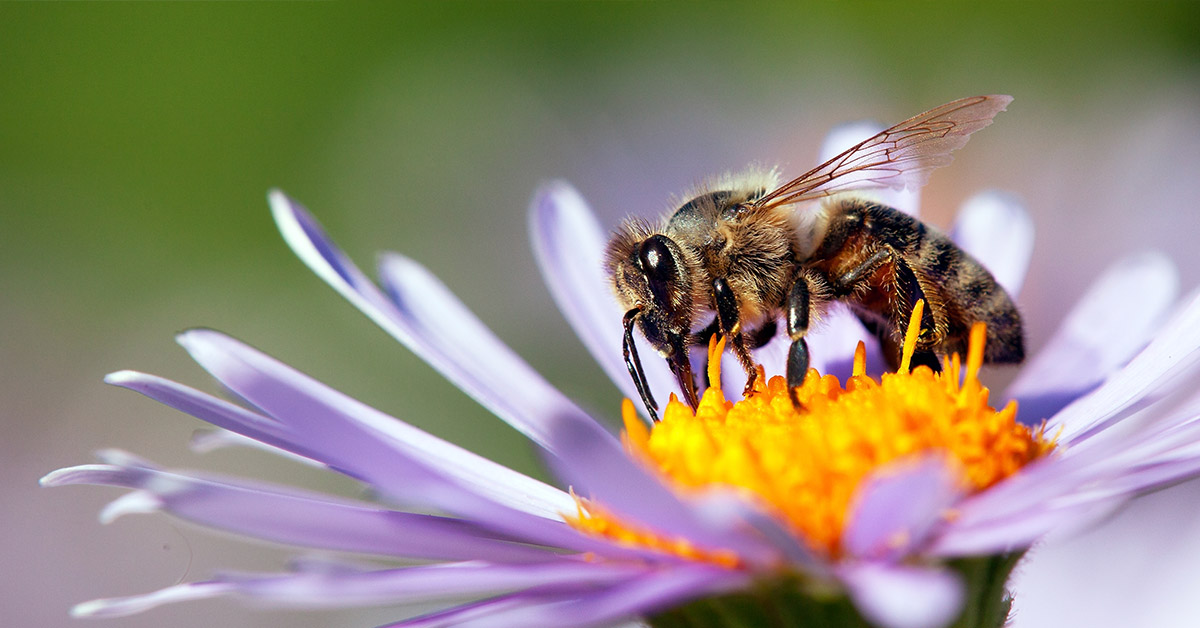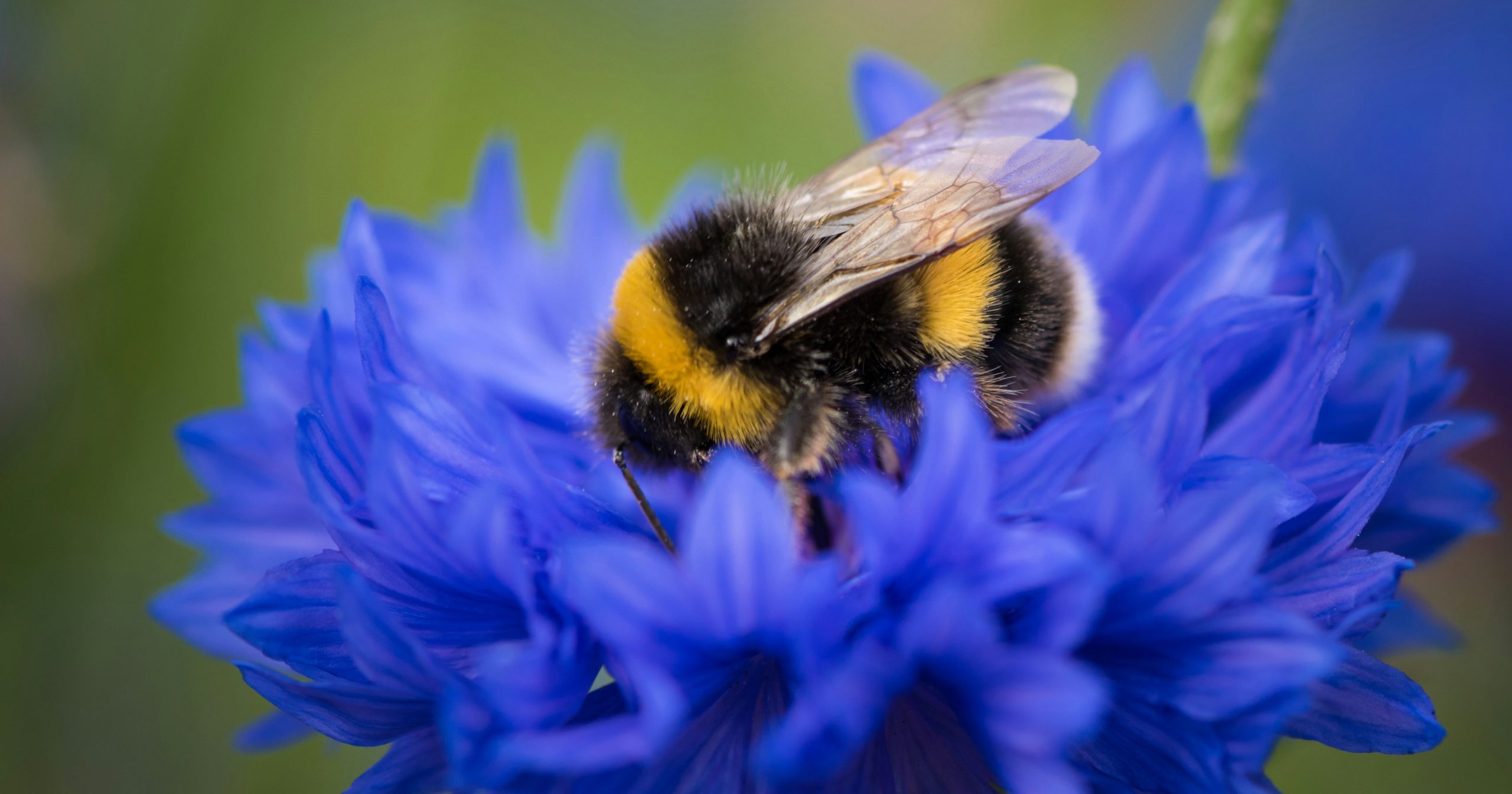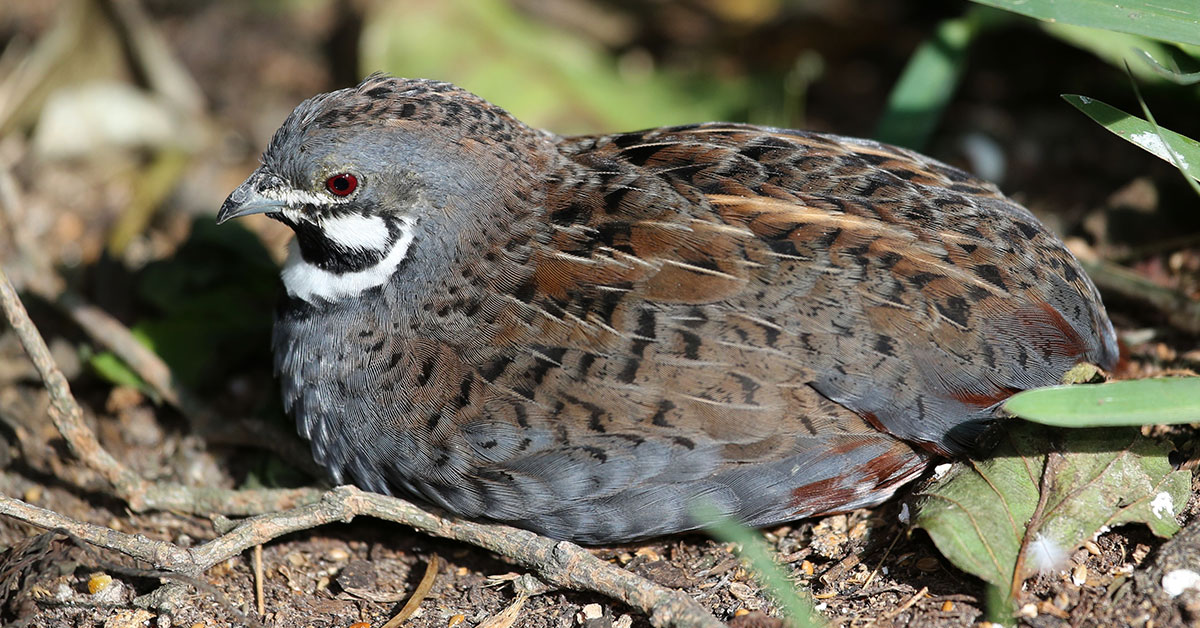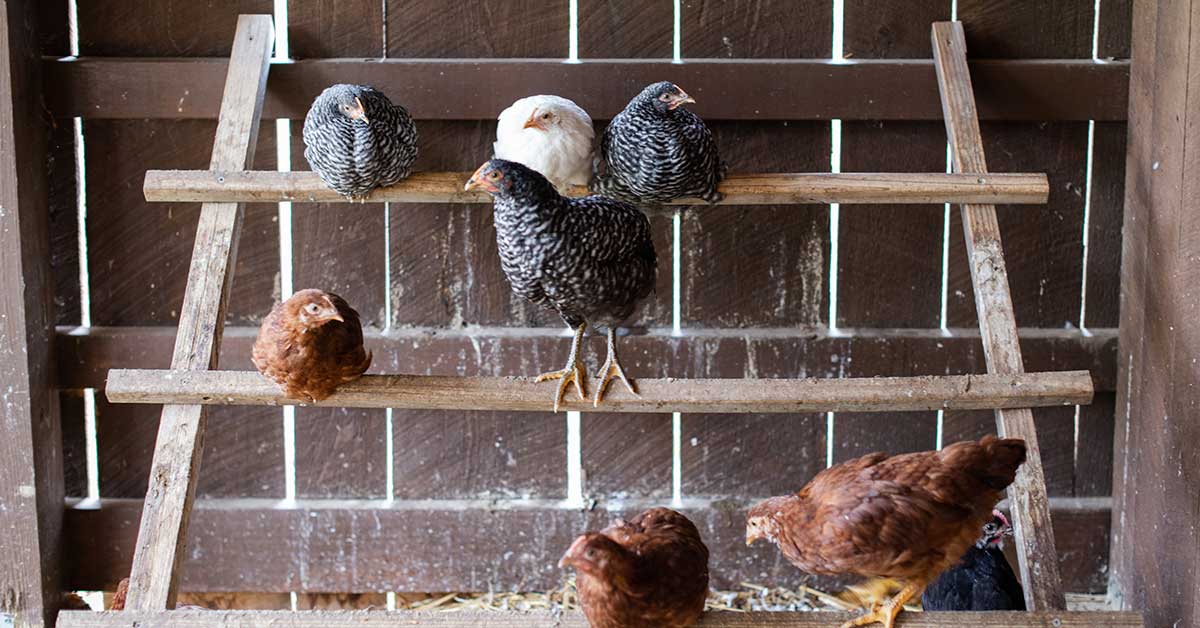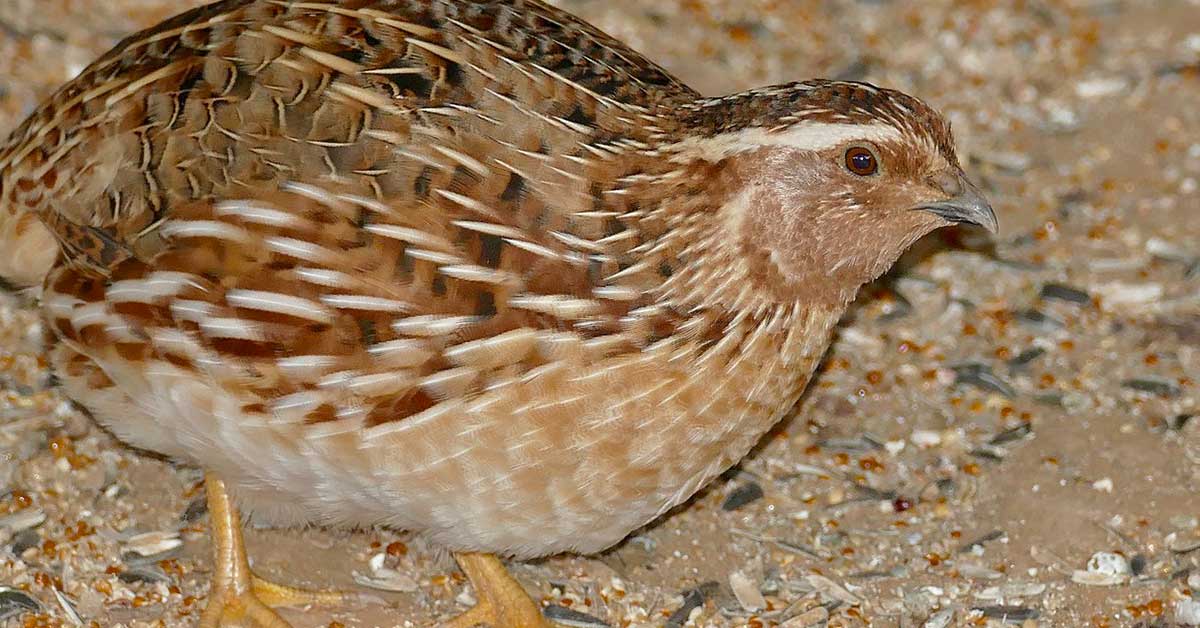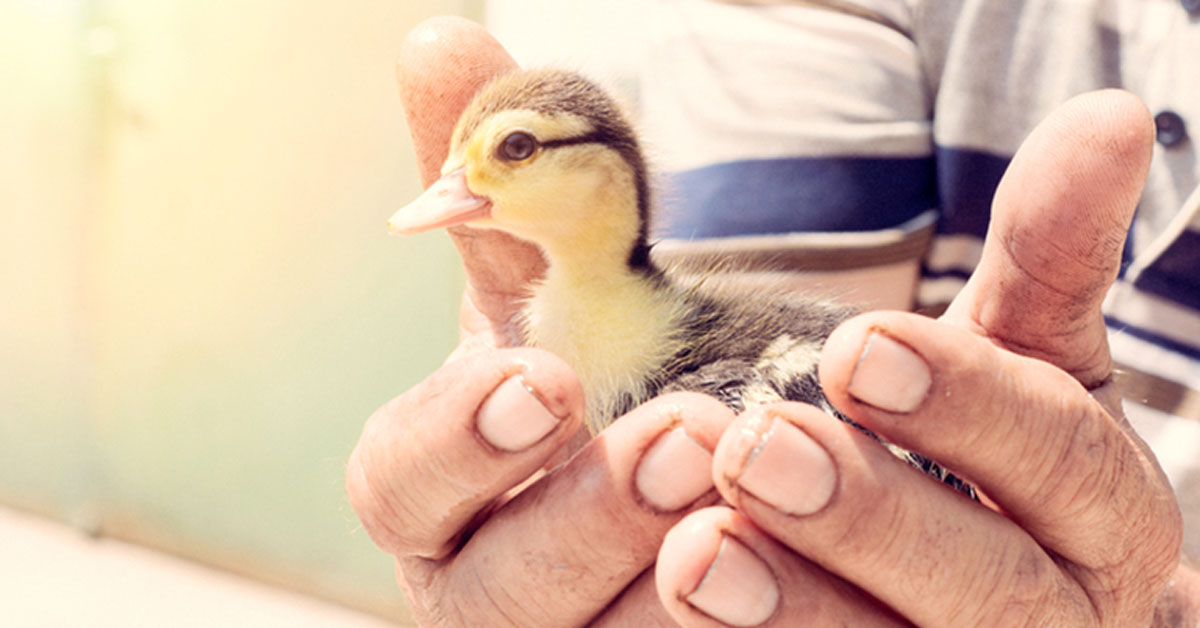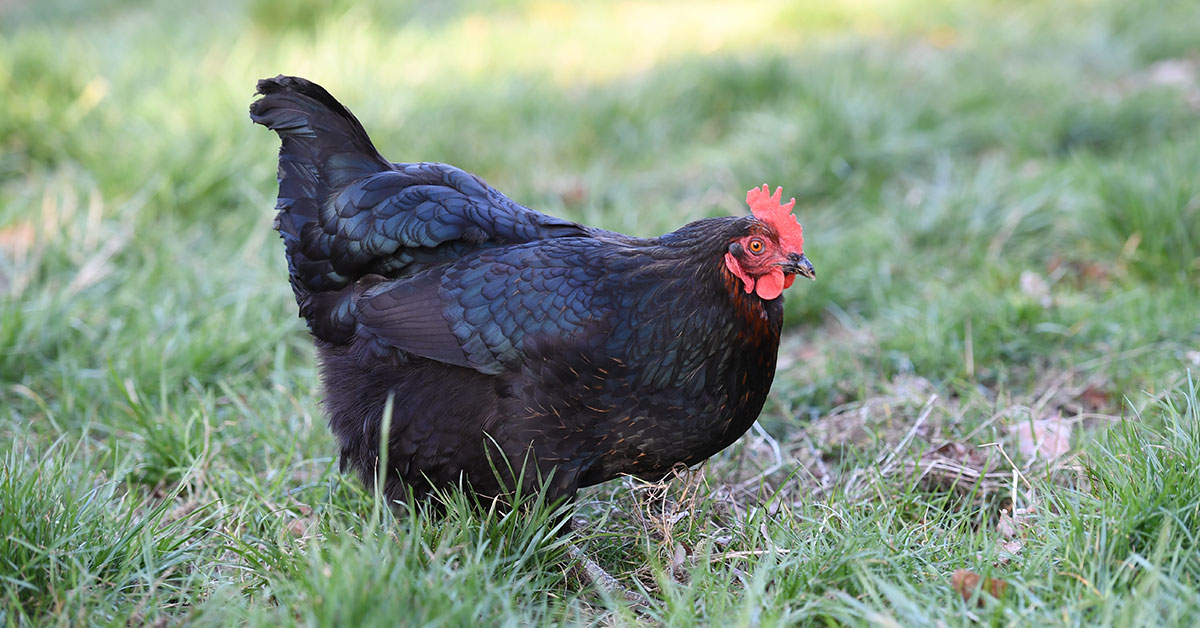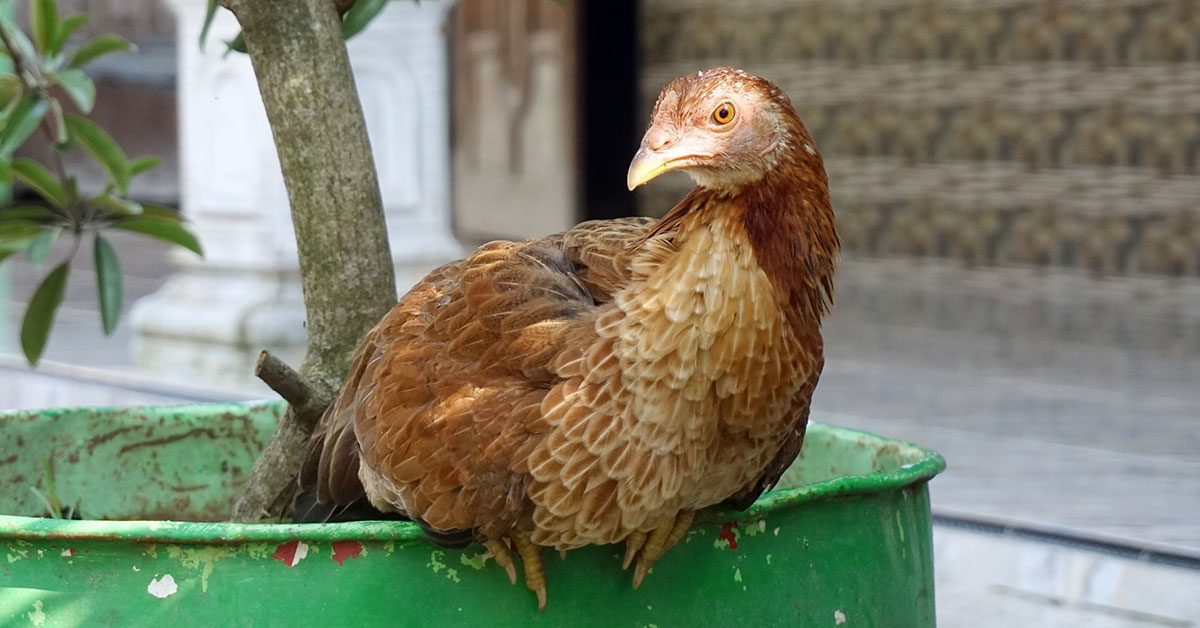Knowing what to feed your chickens from the day they hatch all the way to adulthood is important for having healthy chickens and nutritious eggs. Chickens have feed requirements and a list of treats that are okay to eat. Some foods that may seem just fine for chickens may potentially be toxic. So in this article, we’ll explore what chickens eat and what you should never feed them.
What feed should chickens eat?
Chickens have different dietary needs during each stage of growth, from chick to pullet to hen/rooster. In this section, we’ll go over the types of feed you need to provide to chickens depending on their age.
Day-old chicks
When your chicks are newly hatched and beginning to scratch and peck, they need to be fed a chick-specific feed. This feed typically has a protein percentage of between 20 and 24%. Don’t feed them anything lower than 20% protein. You can choose between medicated and non-medicated feed, depending on whether or not your chicks have been vaccinated against common diseases. This feed should be supplied until they are 6 weeks old.
Pullets
Once your day-old chicks have reached 6 weeks old, they are no longer considered chicks but are given a new designation: pullet. A pullet is a chicken between the ages of 6 to around 16 weeks old. Pullets in that window of time should be fed a lower protein pullet grower feed, which usually contains 16-18% protein but has less calcium than an adult layer feed. You want to avoid feeding adolescent chickens too much calcium, as their bodies do not need it yet for egg production and kidney damage can result.
Adults
Chickens reach adulthood at different ages, depending on the breed. Some begin laying as early as 16 weeks, others wait until 20 weeks or longer. It’s important that you transition your specific breed of chicken over to an adult layer feed at the appropriate age, so do your research! An adult hen layer feed typically contains 16-18% protein and more calcium than the pullet feed, helping to build strong shells.
A note on free-ranging
In addition to an age-appropriate feed, adult chickens should be allowed to roam free in a safe, enclosed section of your property. Here, they can dust bathe, eat grass, bugs, and just live their lives as happy chickens. As Joel Salatin often says, chickens that are allowed to be chickens taste like chicken. Their eggs and meat taste better. Let your birds have that free space!
What treats can chickens eat?
Providing your chickens with treats, in moderation, can help improve their health and make their meat and eggs more nutritious. Follow a 90/10 ratio, where 90% of their diet comes from foraging and feed and 10% comes from these special treats. Chickens are especially fond of the following treats:
- Lettuce
- Beets
- Broccoli
- Carrot tops
- Kale
- Swiss chard
- Squash
- Pumpkins
- Cucumbers
- Lavender
- Mint
- Oregano
- Parsley
- Cilantro
- Thyme
- Basil
Foods should you avoid
There are a number of foods you should avoid feeding your chickens that range from potentially harmful to toxic. In this section, we’ll cover these dangerous foods you should avoid feeding.
Potentially hazardous foods
- Any kitchen scraps that are moldy
- Onions
- Grass clippings from your lawnmower
Common kitchen scraps that are toxic to chickens
- Avocado skins and pits
- Beans
- Raw potato skins
- Rhubarb
- Tomato greens
- Chocolate
- Apple seeds – apples are fine
- Apricot pits and leaves
Common plants that are toxic to chickens
- Bracken ferns
- Azalea
- Lupine
- Oak Trees
- Periwinkle
- Tulips
- Horseradish
- Ivy
- Rhododendron
- Hyacinth
- Hydrangea
- Lantana
- Castor bean
- Foxglove
- Apricots
